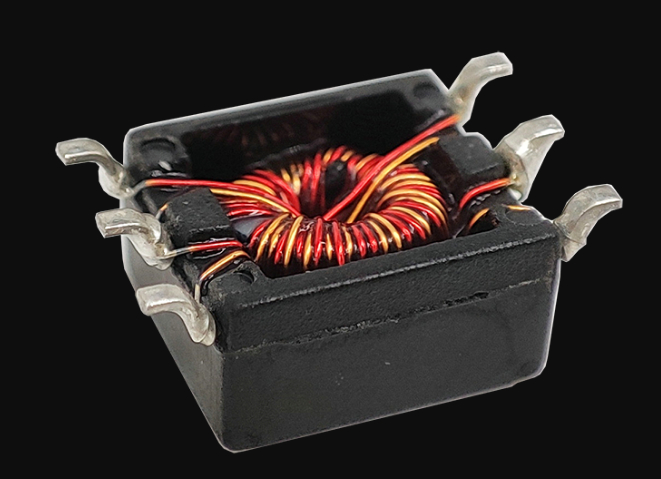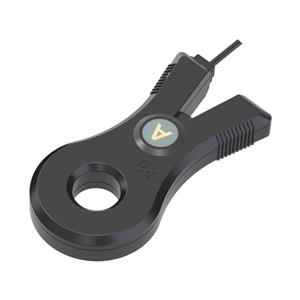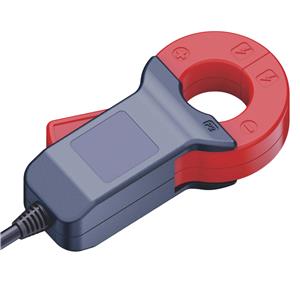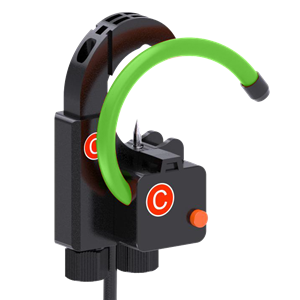Push-Pull Transformers: A Game-Changer in Natural Language Processing
In the realm of advanced natural language processing (NLP) architectures, the Push-Pull Transformer stands out as a cutting-edge innovation. Born from the fusion of traditional Transformers and novel information exchange mechanisms, this hybrid model breaks away from conventional self-attention paradigms. The core idea is to introduce a push operation that actively shares context-rich representations between encoder and decoder, while a pull mechanism retrieves selective information for improved efficiency.
The architecture employs a push phase where the encoder not only sends its output to the decoder but also pushes updated representations based on the decoder's queries. This two-way interaction allows for a more dynamic flow of information, enhancing the model's ability to capture dependencies across sequences. The pull mechanism, on the other hand, enables the decoder to selectively retrieve relevant information, reducing computational overhead without compromising performance.

By optimizing communication and enhancing contextual understanding, Push-Pull Transformers have shown significant improvements in tasks such as machine translation, text summarization, and question answering. They offer a promising direction for future research, as they strive to bridge the gap between encoder-decoder architectures and achieve state-of-the-art results with reduced complexity.
SEO Keywords:
1. Push-Pull Transformer
2. NLP innovation
3. Information exchange
4. Encoder-decoder dynamics
5. Contextual understanding
6. Machine translation
7. Text summarization
8. Question answering
9. Efficiency optimization
10. State-of-the-art models




